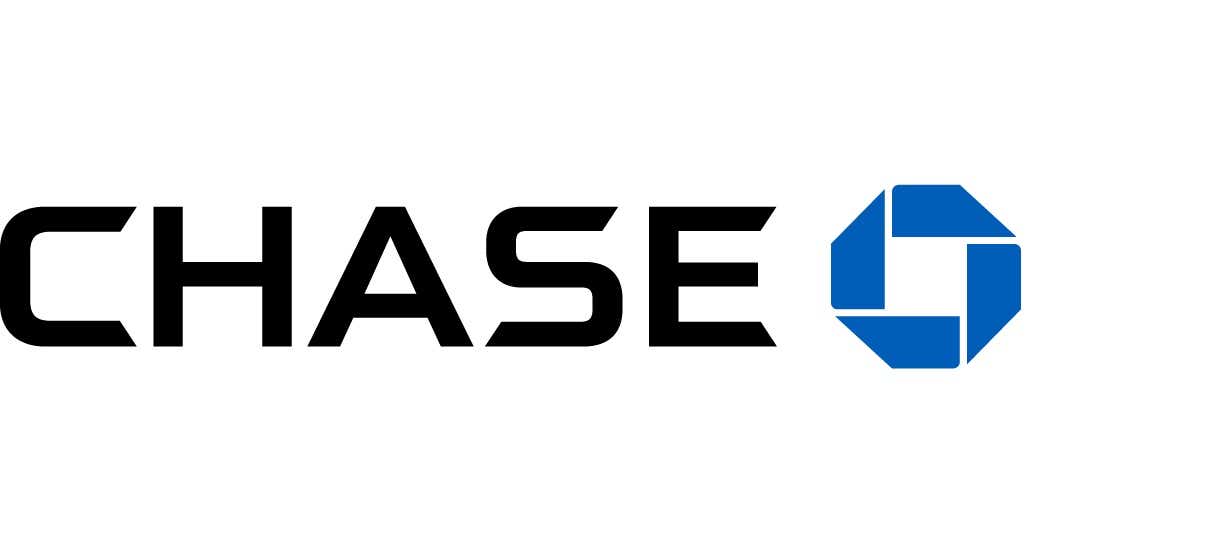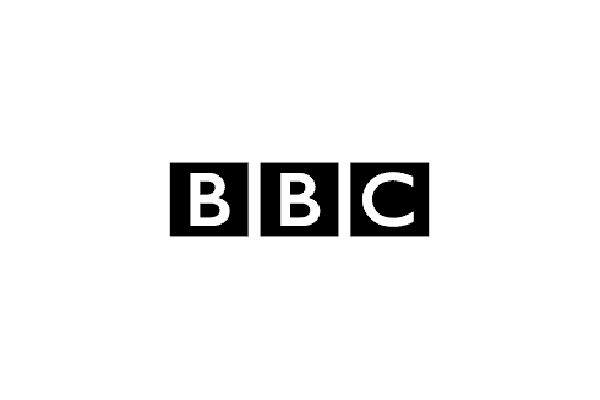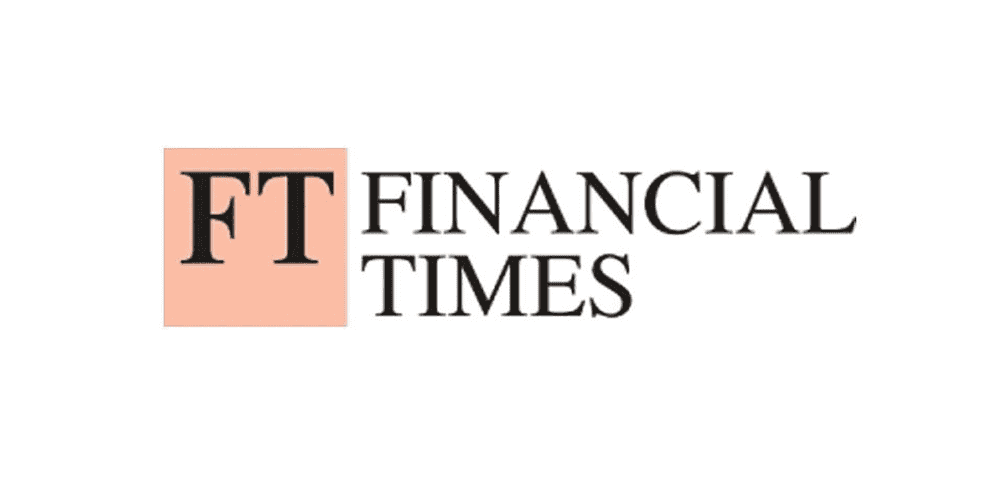Some banks and building societies offer big upfront cash bonuses for switching accounts to theirs from a different provider. These bonuses mean you can earn up to £200 if a bank is particularly keen to attract new customers.
Compare our best current accounts
Find a new current account and you could earn a cash bonus of up to £175*
Current account deals
first direct 1st Account

More Information
| Gross rate | Gross rate | AER rate | AER rate | |
|---|---|---|---|---|
| Excluding bonus | Including bonus | Excluding bonus | Including bonus | |
| £1 | 0% | 0% | 0% | 0% |
| Maximum Age | Unlimited |
| Maximum Investment | Unlimited |
| Minimum Age | 18 years |
| Permanent UK Resident |
NatWest Select Account

More Information
| Gross rate | Gross rate | AER rate | AER rate | |
|---|---|---|---|---|
| Excluding bonus | Including bonus | Excluding bonus | Including bonus | |
| £1 | 0% | 0% | 0% | 0% |
| Maximum Age | Unlimited |
| Maximum Investment | Unlimited |
| Minimum Age | 18 years |
| Permanent UK Resident |
Chase Current Account

More Information
| Gross rate | Gross rate | AER rate | AER rate | |
|---|---|---|---|---|
| Excluding bonus | Including bonus | Excluding bonus | Including bonus | |
| £1 | 0% | 0% | 0% | 0% |
| Maximum Age | Unlimited |
| Maximum Investment | Unlimited |
| Minimum Age | 18 years |
| Permanent UK Resident |
Santander Everyday Current Account

More Information
| Gross rate | Gross rate | AER rate | AER rate | |
|---|---|---|---|---|
| Excluding bonus | Including bonus | Excluding bonus | Including bonus | |
| £1 | 0% | 0% | 0% | 0% |
| Maximum Age | Unlimited |
| Maximum Investment | £2,000,000 |
| Minimum Age | 18 years |
| Permanent UK Resident |
Barclays Bank Account

More Information
| Gross rate | Gross rate | AER rate | AER rate | |
|---|---|---|---|---|
| Excluding bonus | Including bonus | Excluding bonus | Including bonus | |
| £1 | 0% | 0% | 0% | 0% |
| Maximum Age | Unlimited |
| Maximum Investment | Unlimited |
| Minimum Age | 18 years |
| Permanent UK Resident |
Santander Edge Up

More Information
| Gross rate | Gross rate | AER rate | AER rate | |
|---|---|---|---|---|
| Excluding bonus | Including bonus | Excluding bonus | Including bonus | |
| £1 | 2.96% | 2.96% | 3% | 3% |
| £25,001 | 0% | 0% | 0% | 0% |
| Maximum Age | Unlimited |
| Maximum Investment | Unlimited |
| Minimum Age | 18 years |
| Minimum Monthly Credit | £1,500 |
| Permanent UK Resident |
Monzo Current Account

More Information
| Gross rate | Gross rate | AER rate | AER rate | |
|---|---|---|---|---|
| Excluding bonus | Including bonus | Excluding bonus | Including bonus | |
| £1 | 0% | 0% | 0% | 0% |
| Maximum Age | Unlimited |
| Maximum Investment | Unlimited |
| Minimum Age | 18 years |
| Permanent UK Resident |
TSB Spend & Save

More Information
| Gross rate | Gross rate | AER rate | AER rate | |
|---|---|---|---|---|
| Excluding bonus | Including bonus | Excluding bonus | Including bonus | |
| £1 | 0% | 0% | 0% | 0% |
| Maximum Age | Unlimited |
| Maximum Investment | Unlimited |
| Minimum Age | 18 years |
| Permanent UK Resident |
We are classed as a credit broker for consumer credit, not a lender. Our services are provided at no cost to you. We may receive a commission from the companies we refer you to, but this does not affect what you will pay for the product you choose.
What is a current account?
Almost every adult in the UK has a right to a bank account, but not all accounts are equal. The best current accounts offer features like interest-free overdrafts, free use abroad, cashback on bills, high interest on positive balances and some will even pay you to switch. But all current accounts - even basic ones - let you carry out everyday banking transactions. These include:
Having your salary or other income paid in
Withdrawing cash
Making payments in shops and online
Setting up direct debits
Setting up standing orders
Transferring cash to and from friends
Outside those essentials, the current account features you can get are based on how much you can pay in each month and your credit history. You should also think about which features you value the most when choosing a current account.
Is my money protected in a current account?
It's completely normal to worry about your money, but the good news is that most banks and building societies are covered by the Financial Services Compensation Scheme (FSCS). This is an independent services that covers up to £85,000 (per person and per institution) if your bank goes bust.
If you have more than this amount in one account, then it's worth spreading the money to another account to ensure you are protected.
To make sure your money is covered by the scheme, use FSCS' protection checker.
Features you can get with a current account
![If you're looking for free cash]()
If you're looking for free cash

Some banks and building societies offer big upfront cash bonuses for switching accounts to theirs from a different provider. These bonuses mean you can earn up to £200 if a bank is particularly keen to attract new customers.
![If you're looking for interest]()
If you're looking for interest

While most current accounts pay little interest on positive balances, there are some options out there for people who would like to earn something on their current account balance. Other accounts come with linked savings accounts that are only available to current account holders.
![If you need an overdraft facility]()
If you need an overdraft facility

Sometimes, when money is tight, you may need to dip into an overdraft. While a lot of bank accounts charge close to 40% interest on overdrafts, not all do. There are far cheaper options out there if you know where to look, while other accounts offer an interest-free buffer up to a couple of hundred pounds. You absolutely can still switch accounts while overdrawn too.
![If you want ongoing rewards]()
If you want ongoing rewards

As well as a one-off bonus for switching, you can find bank accounts that pay ongoing rewards for staying with them. These range from cashback on bills, discounts at certain shops or even something as simple as £5 a month added to your account. Many of these also have a monthly fee, however, so make sure you're getting value out of them.
![If you want to save on fees abroad]()
If you want to save on fees abroad

Most standard current accounts charge you a fee to use your debit card outside the UK – whether that’s in a shop, in an ATM to withdraw cash or even on some overseas websites - but not all of them do. Finding an account with no foreign transaction fees can save you serious money if you're a frequent traveller.
Features you can get with a current account
If you're looking for free cash
If you're looking for interest
While most current accounts pay little interest on positive balances, there are some options out there for people who would like to earn something on their current account balance. Other accounts come with linked savings accounts that are only available to current account holders.
If you need an overdraft facility
Sometimes, when money is tight, you may need to dip into an overdraft. While a lot of bank accounts charge close to 40% interest on overdrafts, not all do. There are far cheaper options out there if you know where to look, while other accounts offer an interest-free buffer up to a couple of hundred pounds. You absolutely can still switch accounts while overdrawn too.
If you want ongoing rewards
As well as a one-off bonus for switching, you can find bank accounts that pay ongoing rewards for staying with them. These range from cashback on bills, discounts at certain shops or even something as simple as £5 a month added to your account. Many of these also have a monthly fee, however, so make sure you're getting value out of them.
If you want to save on fees abroad
Most standard current accounts charge you a fee to use your debit card outside the UK – whether that’s in a shop, in an ATM to withdraw cash or even on some overseas websites - but not all of them do. Finding an account with no foreign transaction fees can save you serious money if you're a frequent traveller.
What is the difference between a high interest current account and savings account?
A high interest current account works in the same way as a regular current account, but you have the opportunity to earn some interest on your money. This is why people might ask whether it’s worth getting a high interest current account over a savings account?
However, the interest on current accounts does have its restrictions, which means if you have bigger savings goals in mind, it’s still worth comparing savings accounts to make sure your money is working as hard as it can.
High interest current accounts are also only replacements for easy-access accounts - with bigger rates available elsewhere for people prepared to lock their money away.
But for a large number of people - especially anyone with money sitting on 0% interest - there’s very little downside to moving to a current account that pays you to bank with it instead.
Our best current account switching offer
Our editors have picked out our top current account for earning a switching bonus.
First Direct is offering new customers a £175* welcome bonus when they switch current accounts. The 1st Account also comes with access to a competitive 7% regular saver account and there's no debit card fees when spending abroad, so it's great for future holidays!”

Representative example: £250 interest and fee free overdraft, subject to status. If you then use an arranged overdraft of £1,200 you will be charged 39.9% EAR variable. Representative APR: 30.5%. How does this overdraft compare? Representative APRs help you compare the cost of different credit products.
We are classed as a credit broker for consumer credit, not a lender. Our services are provided at no cost to you. We may receive a commission from the companies we refer you to, but this does not affect what you will pay for the product you choose.
Our best current accounts with rewards
Our editors have picked out our top current account for rewards.
Chase has 1% cashback when you use your debit card to pay for groceries, everyday transport and fuel in your first year as a new customer (up to £15 each month). This is an attractive reward for customers as the cashback balance will soon add up throughout the year. You’ll also get access to its competitive easy-access savings account.”

Representative example: N/A - no credit facility offered.
We are classed as a credit broker for consumer credit, not a lender. Our services are provided at no cost to you. We may receive a commission from the companies we refer you to, but this does not affect what you will pay for the product you choose.
How to compare bank accounts
Decide what features matter most to you
Compare deals
Check the requirements
Check any fees are worth it
Apply or start the switching process
How to apply for a new current account - and what documents you'll need
Applying for a new current account is simple. You just have to provide documents to prove your identity and address.
You can apply for a current account at a bank or building society online, in a branch, by phone or by post.
You can also use the Current Account Switch Service to swap over to a new bank account at the same time as you close your existing account. Some deals even give you a cash reward for doing this.
Here are some of the documents you can use:
Proof of identity - a passport or driving licence
Proof of address - a council tax or utility bill, a bank statement or a tenancy agreement
Proof of immigration status - if you are not a UK citizen, you may also be required to show your visa status and a letter from your university or employer
Can a bank reject your application?
Opening a current account is not for everyone, as a bank or building society can reject an application. For example, if you have a record of fraud or you're bankrupt, this could mean you can't open a bank account.
Your credit rating is also important, as this can impact your ability to open a current account. However, some banks might allow you to open a basic bank account instead. If you would like to improve your credit score, our guides can help.
How the Current Account Switching Service (CASS) works
Nearly 50 UK banks and building societies are signed up to the Current Account Switch Service (CASS).
Importantly, a lot of banks make any signing-up bonus conditional on you using the service.
The good news is it's simple to use and guarantees your payments will be switched and your balance will be transferred. You'll be reimbursed if you end up paying any charges or interest if anything goes wrong or there’s a delay.
Your new account's provider takes care of the switching process for you. This includes:
Opening a new current account
Moving your balance or overdraft across
Switching Direct Debits and standing orders
Making sure any payments into your account - such as wages, pension or benefits – are moved across
Your existing provider takes care of closing your old current account.
The Current Account Switch Guarantee means that if anything goes wrong, you'll be refunded any interest and charges on both accounts.
Not quite everyone is signed up yet, but you can see a list of banks and building societies on the Current Account Switch Service here.
Join our personal finance newsletter for top deals and insights
You can unsubscribe from emails at any time. For more information about how we process your information, please read our Privacy Notice.
Jargon buster
AER
The annual equivalent rate, or AER, is the rate at which you earn interest on the balance of your current account.
You’ll also be given a separate interest rate that applies to the interest you’ll be charged if you overdraw on your account – the APR (annual percentage rate).
Basic bank accounts
Basic bank accounts are designed for people with poor credit ratings and offer only basic features. This includes allowing deposits and withdrawals, and the use of a debit card to make purchases.
They might not offer features like overdrafts, interest on your balance, or add-ons such as travel insurance.
Credit score
Your credit score is calculated based on your credit history. Each credit reference agency has its own method of calculating this.
Your credit score will go up for things like making payments on time and down for things like being late or defaulting on a loan. Typically, the higher your score, the more likely you are to be offered a lower rate of interest or higher credit limit.
There is no absolute pass or fail mark attached to a credit score, with each lender making its own decision on what it considers acceptable.
Credit report
Your credit report is your history of borrowing and paying bills over the past few years. Lenders send this information to one or more of the three credit reference agencies, which compile reports on UK residents.
Before deciding whether to let someone borrow, lenders check your report from one or more of the agencies. You can request a copy of your credit reports to ensure there are no mistakes on your file, request changes if you spot one and add notes explaining any missed payments.
Current Account Switch Service
The Current Accounts Switch Service (CASS) helps you close your old account and move your balance, incoming payments and Direct Debits and standing orders to your new bank account.
It works with almost every current account in the UK and usually takes just seven working days to complete the switch.
The switching service is free, although you still have to pay any fees that come with your new account. Your bank has to pay you back if anything goes wrong and you lose out on interest or are charged fees during the switch.
Direct Debit
A Direct Debit is when you give a company permission to take payments automatically from your bank account. It decides the amount, but you are free to cancel the arrangement. For example, you can set up a Direct Debit to pay off your credit card. This could be for the minimum amount due, a fixed sum, or the entire balance.
Financial Services Compensation Scheme (FSCS)
The FSCS is a government-backed program that protects your money and compensates you if your bank, building society, or savings provider goes bust.
It covers up to £85,000 - or £170,000 for joint accounts - held in each official UK financial institution. It also provides cover for other sorts of financial products such as debt management, funeral plans, insurance, credit unions, investments, mortgages and pensions.
There are several banking groups in the UK, but if you have a total of £85,000 or less with any of them, all your money will be returned to you in the event of each bank or building society in the group collapsing. Other types of institutions have different limits. You can check them all on the FSCS website.
Overdraft
An overdraft is a flexible lending facility, letting you borrow up to a set limit using your current account without asking anyone first. Interest is charged daily, and you are free to repay as little or as much as you like rather than a set amount.
Packaged current account
A packaged current account has all the usual features of a current account but with some extra benefits on top. These include things like free breakdown cover, mobile phone or travel insurance. Other popular rewards include discounts when you buy from particular shops or go to certain restaurants. In most cases, you'll be charged a fee to use these accounts.
Standing order
A standing order is a regular payment of the same amount that’s paid on a specified date. It allows the bank to take money regularly from your account to pay another account. You can use a standing order to pay family or friends, donate to charity, or simply transfer money from your current account to a savings account.
FAQs
Can I have more than one current account?
Yes, but there may be limits to how many you can hold with the same bank. It's also worth noting that frequently opening new accounts may harm your credit record.
Could I get an account with no fees?
Yes. There are accounts with no monthly fees but charges may be triggered if you use certain features, such as an overdraft. Read the terms and conditions carefully so you know what you are signing up for.
What are the different types of current account?
All current accounts have the same basic abilities - letting you deposit and withdraw money as well as make and receive payments using Direct Debits and standing orders.
However - there are a few different types designed for specialist purposes. The 4 main ones are:
Standard current accounts - these come with overdraft facilities and potentially other features and rewards
Basic current accounts - free, open to anyone no matter their credit score, no overdrafts
Joint current accounts - where more than one person can withdraw cash
Packaged current accounts - this is where you pay a monthly fee in return for included services such as travel insurance, breakdown cover and the like
How do I change to a free bank account?
You can use the Current Account Switch service to move to a new bank in just seven working days.
What happens if I spend more than I have in my account?
If you spend more than you have in your account, you are considered to be overdrawn. You will owe money on your overdraft until you pay it back, and you may be charged a fee. If your account does not have an overdraft facility, payments will be declined until you are back in credit.
Should I get a savings or current account?
It depends on what you need your account for. A current account is best suited for making payments by card as well as paying regular bills by Direct Debit or standing order. Savings accounts usually offer better rates of interest. Find out more about their differences and which one is best here.
Can I have a personal current account and a joint current account with the same bank?
Yes, your bank will be happy for you to have two current accounts with it - one for yourself and one joint account.
But, if you do, the bank can legally transfer money from your personal account to your joint one to cover a debt in the joint account. It can only make the transfer from a personal account to a joint one, and not from a joint account to a personal one.
It's not something that happens often - it's only likely to happen if you've repeatedly ignored contact from your bank about the outstanding debt.
It would give you 14 days' notice and can only do it if it won't put you into financial difficulty.
How can I see my current Direct Debits and standing orders?
Logging into your account online is the quickest way to check them, but your bank can also confirm them by phone or in writing.
What are packaged bank accounts?
Packaged bank accounts offer you a range of extras in return for a monthly or annual fee. These extras include perks like travel insurance, high-interest� savings accounts, breakdown cover and more.
Didn't find what you were looking for?
Below you can find a list of our current account pages:
Excellent

Amazing experience even though it…

Got a great savings account from…























